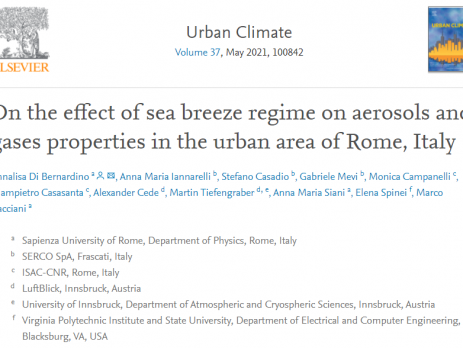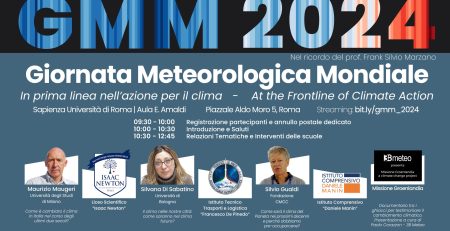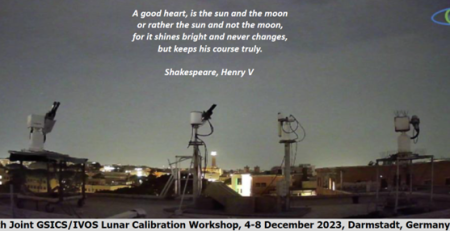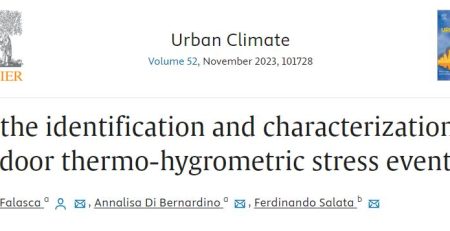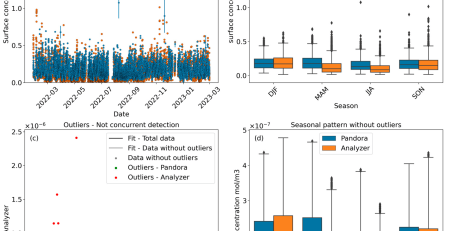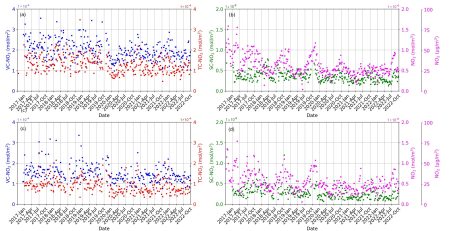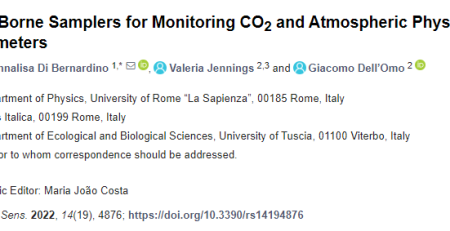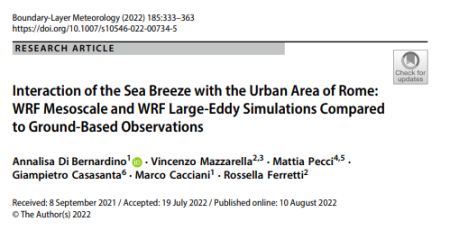Article published on Urban Climate: On the effect of sea breeze regime on aerosols and gases properties in the urban area of Rome, Italy
Abstract: Several ground-based remote sensing and in-situ instruments were used to investigate the development of the sea-breeze front and its effect on both the optical and physical aerosol properties, the Particulate Matter (PM) content and the tropospheric and near-surface NO2 concentrations. Most of the instruments belongs to the Boundary-layer Air Quality-analysis Using Network of Instruments (BAQUNIN) supersite, in the urban area of Rome (Italy). Two characteristic sea-breeze patterns were identified: the front days, in which the sea-breeze front develops in a few minutes, and the gentle breeze days, in which the onset of the front is gradual (more than 20 min). In the case of front days, Aerosol Optical Depth (AOD) increases during the onset of the breeze. The Ångström Exponent (AE), tropospheric and near surface NO2 amounts are almost constant during the day, while the aerosols volume size distribution follows a trimodal distribution. PM2.5 and PM10 concentrations decrease before the development of the sea-breeze front and then increase. Conversely, during gentle breeze days, AOD and AE do not change significantly. The tropospheric and near surface amount of NO2, PM2.5 and PM10 concentrations decrease, suggesting a significant dispersion of pollutants, while the aerosol size distribution shows a trimodal predominance.
Authors: Annalisa Di Bernardino et al.
DOI: 10.1016/j.uclim.2021.100842









